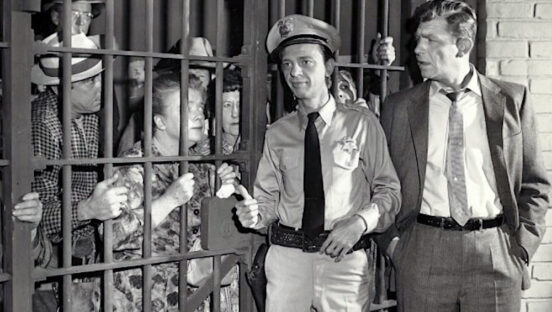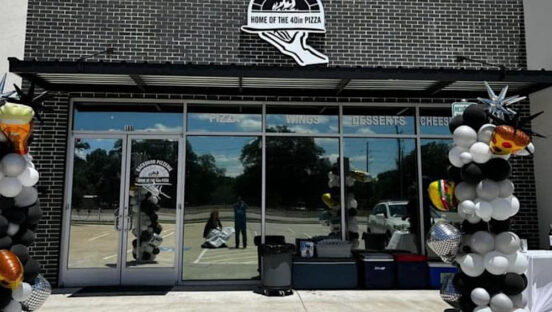How will you know when you’re ready to add a second store to your pizzeria operation? For advice, we turned to pizza industry veteran Sean Brauser, who bought the struggling Romeo’s Pizza chain and then sold it after growing it to more than $20 million in annual sales. Now a restaurant consultant with Cutting Edge Marketing Group, Brauser answered our question with, well, a list of more penetrating questions every single-unit pizzeria owner should ponder before making such a big move. Here, we present them in a condensed and edited form for a quicker read:
1. Can your business run day-to-day without you?
If your store depends on you to make it work, you’re not ready to open another store. And the only way to know for sure is to pull yourself out for a while and watch what happens. Developing a solid management team now will ensure success in the future. At Romeo’s Pizza, we had a saying: “It’s always the manager.” Whether you’ve got a good store or a bad store, it always comes down to the manager. Is your manager good enough to take over?
2. Is your first store wildly popular and profitable?
If the sales or the profits aren’t there, your pizzeria hasn’t proven it’s worthy of duplication. All that matters at the end of the day is net cash flow. Is your current store the market leader? Is it growing in sales and market share? Do you regularly hear from multiple sources that you really do have the best pizza in town? If you don’t, you are not ready to grow. A Xerox copy of a faded print only gives a more faded print. Not only must your first store be profitable enough to support you, it must also be profitable enough to support store No. 2 if/when that store requires more cash than expected, which is usually the case!
Related: Here’s why MOD Pizza closed down 26 stores in the past month
3. Do you have a marketing strategy?
You need an arsenal of marketing weapons to increase market share and grow your sales consistently. A good marketing strategy incorporates planning, execution and measurement. It needs to address such issues as how to get first-time trial, repeat orders and long-term share growth as well as the quality and reach of your current digital/social media strategy. Without a time-tested plan in place, you will be lost in the wilderness.
4. Do you have a written business plan?
Every business plan for a second pizza store should address forecasted P&L statements and cash flow statements; menu cost analysis and labor cost estimates; start-up costs; cash requirements; and cash reserves. You also need to calculate the ROI (return on investment), and your business plan should include a marketing plan and a competitive analysis for the new market. Finally, you’ll also need a break-even analysis and profit forecast based on different sales assumptions. Once you have all of these things in one place, present your business plan to someone you trust. This person should be able to help you identify the plan’s strengths and weaknesses and spot opportunities and threats. Get your accountant involved and talk through all of the assumptions and the numbers. Without this written business plan, you will be flying blind.
5. Do you have systems in place to control food and labor costs?
To grow your business, your product must be consistent—and consistently good. Every single pizza must be created, baked and delivered to the customer exactly the way you want it. Establish portion controls, create charts and use scales for every item on your menu. This approach ensures that customers at all stores will get the same great product every time. You will also see huge cost savings with portion controls.
Likewise, you must create labor grids based on different sales levels. What do you think your labor needs will be? Overestimating will lose money; underestimating means you won’t provide the right level of service, and eventually that will lose money, too. Identifying that sweet spot is extremely important before you expand to store No. 2.
6. Do you have manuals?
There are three must-have manuals. First is an operations manual, which addresses how, when and why you do everything that you do operationally in the store: opening and closing procedures and checklists; food prep checklists and order guides; par levels; hiring and firing procedures; and many more. This manual should be the bible of your restaurant, explaining how to run the store when you’re not there. It’s also a living document that never stops growing and evolving.
The second must-have manual covers food prep, detailing how to make every single item on the menu, including your dough and sauce. This manual must be accessible to all employees in the store as a reference guide.
Finally, an employee manual is mandatory. It sets the rules and expectations for every employee, outlines parameters and consequences, and establishes policies for issues such as social media use, smartphones, uniforms and tardiness. We include W-4 and I-9 forms in our employee manual, and each new employee must review the entire manual and sign off on it.
7. Are you fully capitalized?
Lack of capital is probably the biggest reason most restaurants fail. Not only do you have to budget for construction, equipment, deposits, training, inventory and miscellaneous costs, you need to set aside enough cash in case things go wrong. Store No. 2 can gobble up all of the profits from store No. 1, especially in the beginning. Are you financially prepared to survive for three to six months with no cash flow from store No. 1? Have you considered the cash drain if sales don’t meet projections? I have seen store No. 2 take down store No. 1 too many times, and then the company goes out of business. You must have enough money to get you through the bad times in order to “grow smart.”
8. Are you prepared to work harder than ever before?
With store No. 2, the daily pressures will double. The headaches will double. The late-night calls and employee issues will double. You must be mentally ready to handle this added stress and stay focused on the goal. I would love to say that I’m always calm, cool and collected, but, unfortunately, I’m not. But I am always 100% committed to my business and to its success, and 100% is what it will take from you. That “whatever-it-takes” attitude is the only route to success!
Before opening that second store, use this checklist and ask yourself these eight questions. If any one question yields a “no,” start focusing on turning it into a “yes” before you move forward. The difference between success and failure in this business can be a very thin line, but if you start out on the right path, your chances for success are far greater!
(This article has been updated from the original story that appeared in the January/February 2015 issue of PMQ Pizza.)














